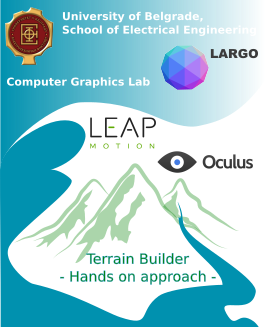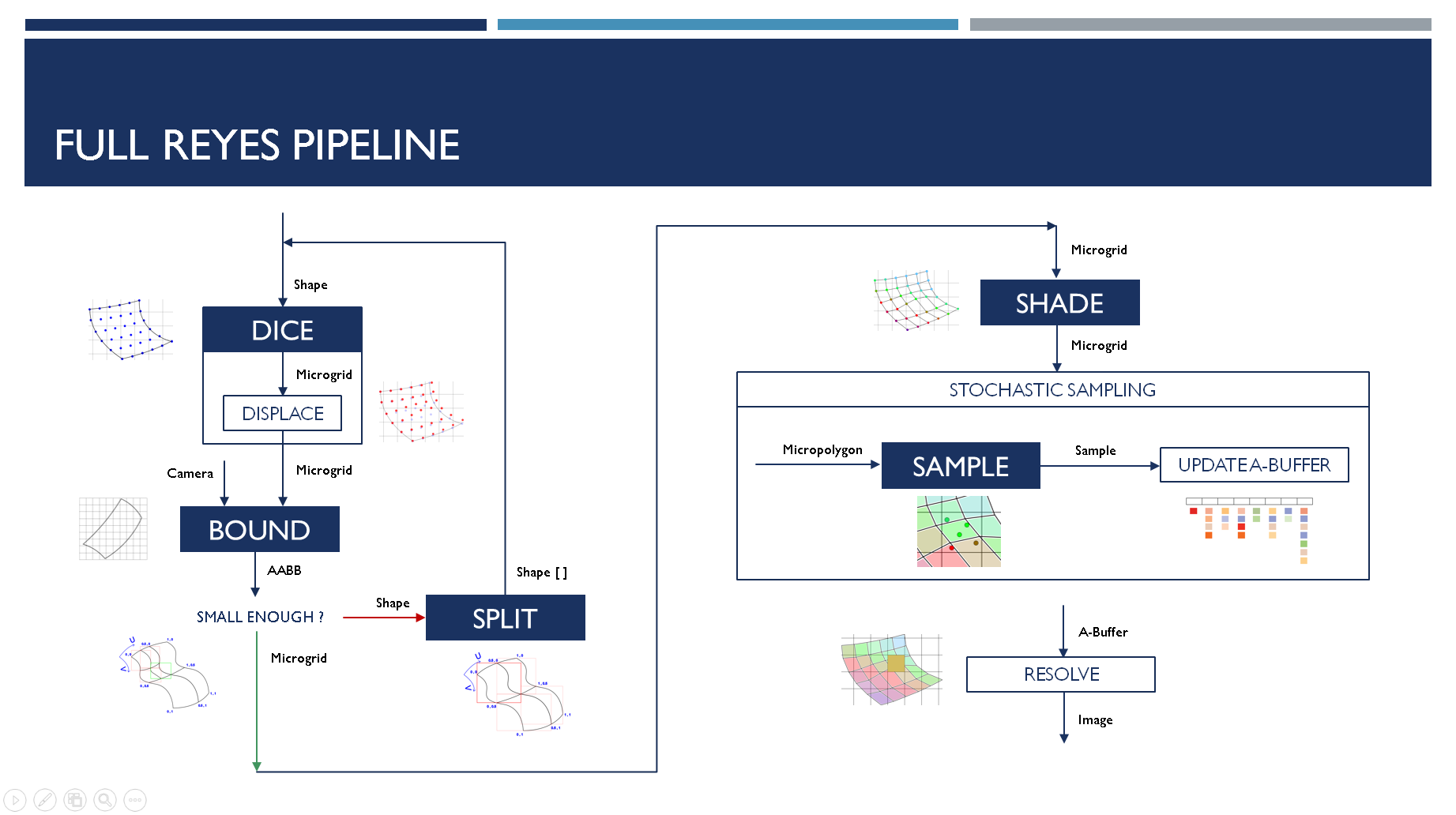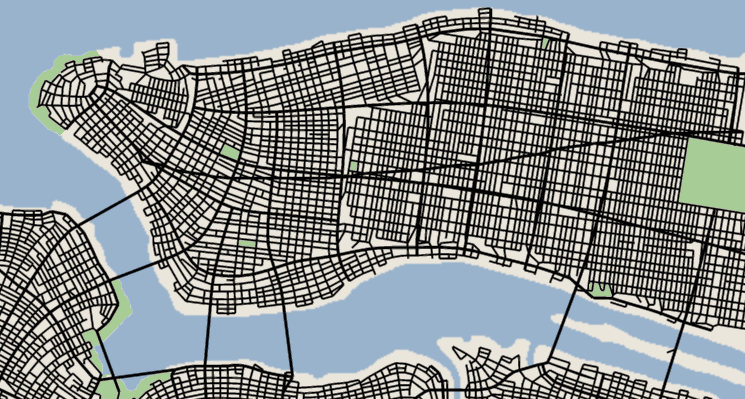On Tuesday, May 12th, members of BMIT research laboratory came to visit to the LARGO and they demoed projects that they are working on. They presentad brief introduction of EMG usage and demonstrated how the data is measured and filtered. The talk also covered practical use of those signals, how they’re used to predict deviation of normal behavior and how to use signals to send meaningful commands to the computer. Backward approach, where analysis of such signals is used to stimulate muscles was also presented.
Need for application of biomedical technology is real and present, and so we hope that more people will get involved in this area of IT. Practical use of BM IT is diverse and life changing, and it could also provide human beings with some amazing abilities, that could enhance our lifestyle.
We would like to thank Nadica Miljkovic, Matija Strbac, Vladimir Kojic, Milica Isakovic and Sergej Kasavica for their time and inspiration.







